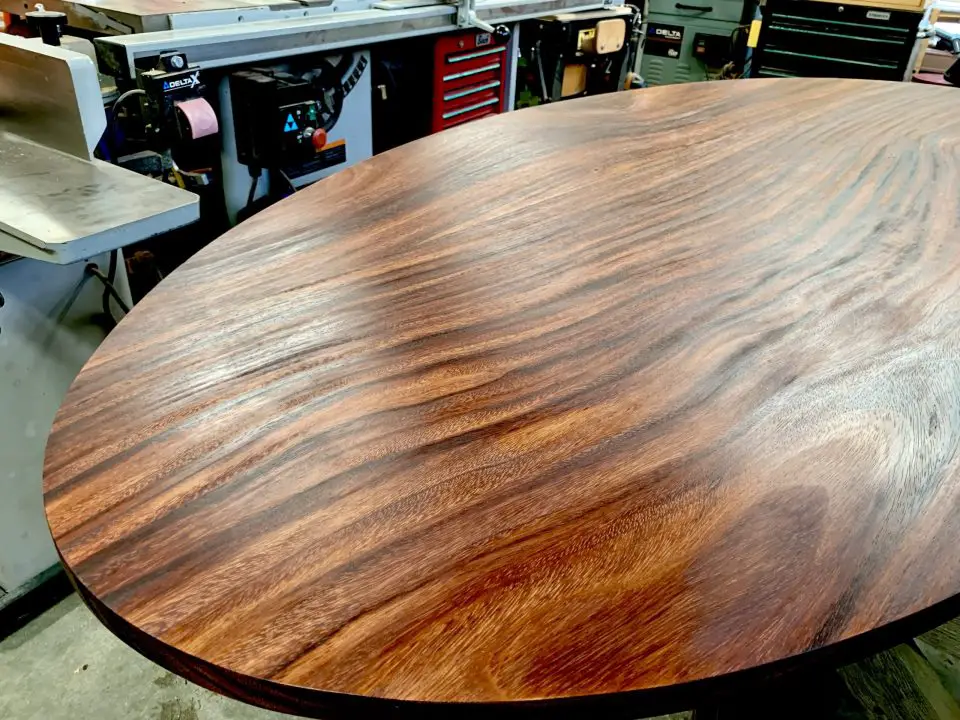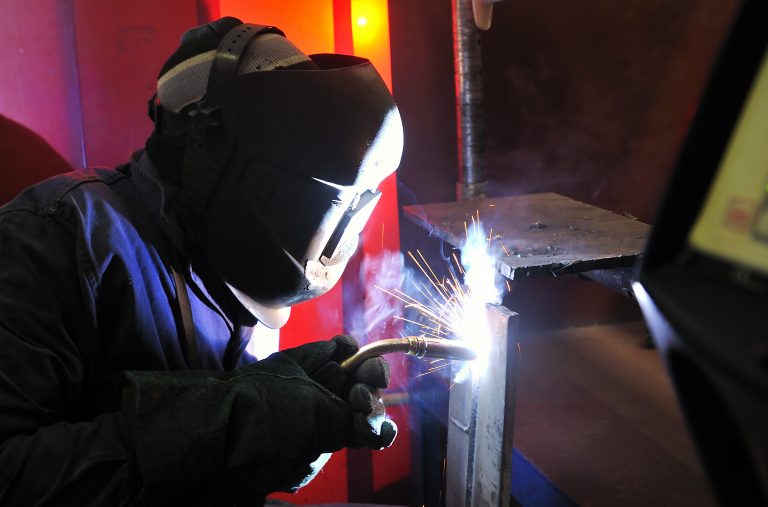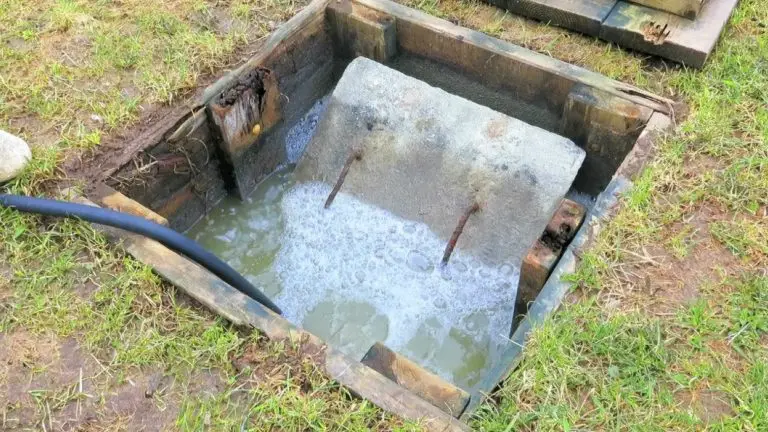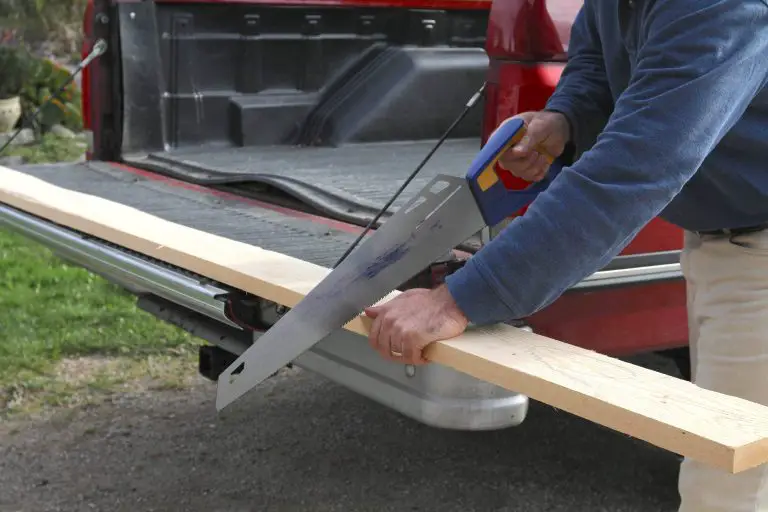
I regularly get questions from subscribers, and some variation of the one below is fairly common . . .
Question: How can I stop polyurethane from beading up on a mahogany table top I’m refinishing? The table came from a funeral home and the liquid urethane I apply forms dimples and looks like an orange peel when wet.
Answer: Wet you’ve got is a fairly common problem, it’s called “fisheyes” and it’s caused by some kind of wax or silicone residue on your wood. The name comes from to the way the dimpled surface looks as the finishing liquid beads up, reminiscent of the eyes of fish. Silicone or wax is quite likely given the frequency of polishing likely given to this table in a funeral home.
A complete sanding before finishing usually does the trick, especially when it comes to eliminating troublesome residues like this. Did you sand back to bare wood initially? Vacuum the surface thoroughly, then rub it down with rubbing alcohol as a precaution. If you’re past the point of sanding and cleaning and don’t want to sand again from scratch, try an additive.
Another Fisheye Solution
Something generically called “fisheye eliminator” or “fisheye flowout” can also help. It’s a liquid silicone product made especially for adding to finishes that are having fish eye issues. Sounds strange, but adding the very substance that’s causing the problem actually solves the problem in many cases. Only use fish eye eliminator as part of the final coat of finish or it will impair the adhesion of previous coats.
Problems finishing tabletops are the leading finish-related questions I get, and part of the reason for this is the way tabletops are so visually prominent. You really need to sand them properly to lay the groundwork for great results because people see tabletops so closely. The video below outlines details for sanding properly in all situations, including tabletops.












